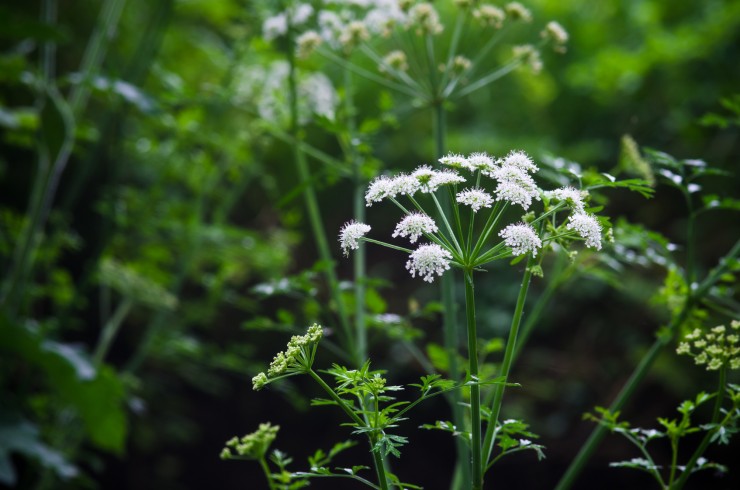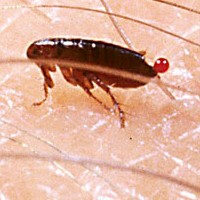
A lot of people fear spiders because some of them are poisonous. Other people fear the thought of being bitten. Let's explore spiders in general and give you some facts about common spiders.
Though spiders have simple eyes, they usually are not well developed. Instead, spiders use vibrations, which they can sense on the surface of their web. The tiny bristles distributed all over a spider's body surface, are actually sensitive tactile receptors. These bristles are sensitive to a variety of stimuli including touch, vibration, and airflow.
Spiders are arthropods, so their skeletal system of their body is the outermost layer. The hard exoskeleton helps the spider maintain moisture and not dry out. The bristles are not hair, but actually part of their exoskeleton.
The word spider is from an Old English verb spinnan, meaning "to spin." Web weavers use the tiny claws at the base of each leg, in addition to their notched hairs, to walk on their webs without sticking to them.
Spiders digest their food outside their body. After the prey is captured, spiders release digestive enzymes from their intestinal tract and cover the insect. These enzymes break down the body, which allows the spider to suck up the liquid prey.
The feared tarantula isn't poisonous. A tarantula's bite can be painful, but it isn't any more dangerous than a bee sting.
A Daddy-long-legs isn't a spider, though it looks a lot like one. It doesn't have a waist between its front body part and its abdomen. Its legs are longer and thinner than a spider's, and it carries its body hung low.
Under a spider's abdomen, near the rear, are tiny stubs called spinnerets. The spider uses its legs to pull liquid silk made in its abdomen from the spinnerets. The silk hardens as it stretches. Since silk is made out of protein, a spider eats the used silk of an old web before spinning a new one.
Not all spiders spin webs, but many use silk in other ways. Some protect their eggs in silken egg sacs. The Wolf Spider carries her egg sac attached to her spinnerets. Many tarantulas line their burrows with silk. Some trap-door spiders make silken lids for their burrows.
On an American one-dollar bill, there is an owl in the upper left-hand corner of the "1" encased in the "shield" and a spider hidden in the front upper right-hand corner. Most spiders belong to the orb weaver spider family, Family Aranidae. This is pronounced "A Rainy Day."
A strand from the web of a golden spider is as strong as a steel wire of the same size.
In the 1960s, animal behavior researchers studied the effects of various substances on spiders.
When spiders were fed flies that had been injected with caffeine, they spun very "nervous" webs. When spiders ate flies injected with LSD, they spun webs with wild, abstract patterns. Spiders that were given sedatives fell asleep before completing their webs.
 Health Issues Commonly Seen In The Alaskan Malamute
Health Issues Com
Health Issues Commonly Seen In The Alaskan Malamute
Health Issues Com
 Dogs And Limping
Dogs And Limping
Dogs And Limping
Dogs And Limping
 The Known Factors That Contribute To Canine Temperament And Behaviour
The Known Factors
The Known Factors That Contribute To Canine Temperament And Behaviour
The Known Factors
 Protecting Your Dog From The “most Poisonous Plant In Britain”
Protecting Your D
Protecting Your Dog From The “most Poisonous Plant In Britain”
Protecting Your D
 2 Home Remedies Kill Fleas Easily
There definitely are some home remedies that will kill f
2 Home Remedies Kill Fleas Easily
There definitely are some home remedies that will kill f
Copyright © 2005-2016 Pet Information All Rights Reserved
Contact us: www162date@outlook.com